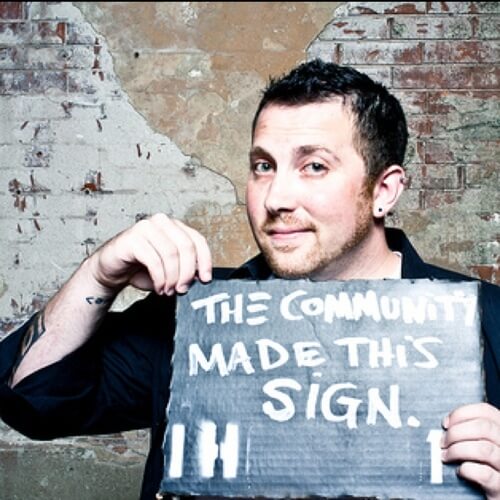The topic of social capital came up on the coworking google group today. My boy Trek, from Workantile, was cited for his usage of “social capital and debt” to determine which members might be not worth retaining.
I love Trek’s simple equation, it’s one I personally live by as well and has done well for me. In coworking, it manifests in lots of other ways, too. One thing we actively work on at Indy Hall is making sure it’s a place to DO work, not a place to GET work. Not to say that people can’t find or get work within a coworking space – in fact we all know it happens and happens a lot.
But members who show up with the express desire or need for work, for example, tend to find less of what they want. It’s like trying to withdraw from a new bank account that you haven’t made a deposit into yet.
On the other hand, the people who contribute before they take (make a deposit before a withdrawl) that get the most.
Teach a skill. Share a lunch conversation. Recommend a book or article. Simple stuff pays back 10-fold.
The Dark Side of Social Capital
All of that said, within social capital, there are also two kinds to consider and balance: bridging capital and bonding capital.
Bridging social capital is accumulated between heterogeneous groups, and bonding social capital is accumulated between homogeneous groups.
There are negative consequences of too much bonding capital:
- exclusion of outsiders
- burdons imposed on group members
- increased pressure to “fit in”
- a trend towards lowest common denominator social norms
Basically? Cool kids clubs are their own worst enemies, and many coworking spaces have the same problem.
Tricky, especially for guys like me who preach “build the club, then build the clubhouse”.
Luckily the antidote is simple: balance bonding capital with bridging capital.
Think of it like diversifying investments. You (and your members) want to diversify your social capital across the coworking space and it’s members – but actively encouraging people to invest their social capital in other neighboring groups as well is often overlooked.
Co-host a party with another group. Develop an event series with a bunch of partners. Invite cross-industry/community collaboration everywhere you can. Break those bubbles, get out of your comfort zones, and leave the treehouse once in a while.
[blackbirdpie url=”https://twitter.com/#!/missrogue/statuses/776346155″]
Protip: this practice can start long before you open a coworking space.
 I am always thinking about the intersection of people, relationships, trust and business. I founded
I am always thinking about the intersection of people, relationships, trust and business. I founded